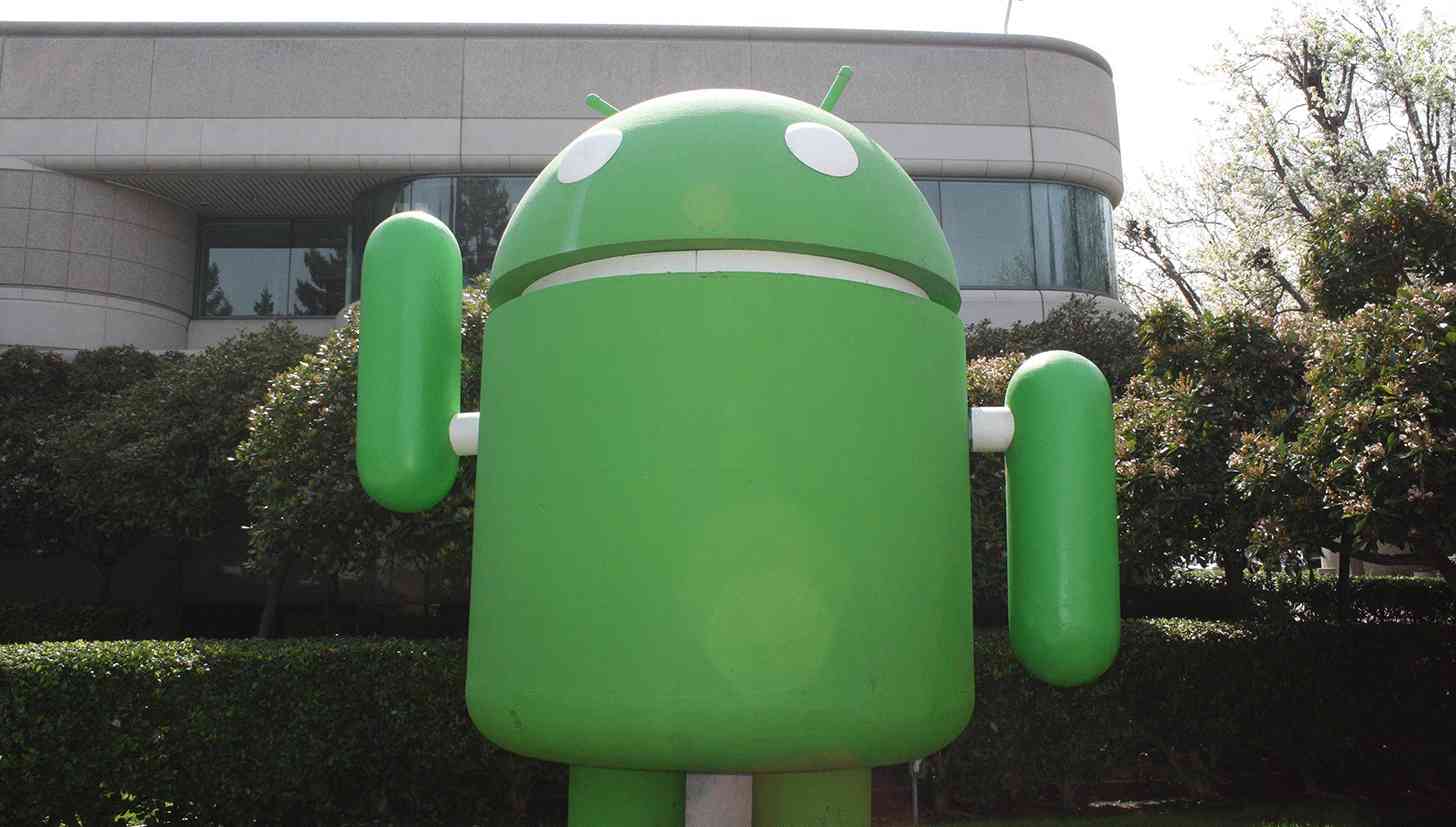
Google has long offered design guidelines to help Android app developers create UIs that it thinks will fit in with the OS design and be best for users, and according to the latest version of design guidelines, Google recommends apps have a row of navigation buttons at the bottom of the screen.
Google’s material design guidelines have been updated to recommend bottom navigation bars, which Google says “make it easy to explore and switch between top-level views in a single tap.” Google recommends developers use a bottom navigation bar with three to five destinations that require direct access from anywhere within an app. If you’ve got only one or two destinations, Google says that tabs would be a better choice.
When it comes to creating the tabs in the bottom navigation bar, Google recommends using the app’s primary color for the icon and text with a white bar or black/white icon and text if you’ve got a colored navigation bar. El Goog also has opinions about wrapping, truncated, or shrunken text labels.

Finally, Google has opinions on how the bottom navigation bar should act when navigating through an app. For example, Google says that the bar should disappear when scrolling down, but reappear when scrolling up.
Hamburger buttons have been a big part of Android apps lately, providing a slide-out menu for navigating through an app. Now Google is pushing for a bottom navigation bar, at least when you’ve got three to five main areas of an app. The change is notable because a bottom navigation bar will take up more screen space than a hamburger button, but it’ll also be easier for folks with larger screens to navigate through an app since they won’t have to stretch their thumb up to the top corner of the screen, where a hamburger button is normally located.
Of course, just because a feature is part of Google’s design guidelines doesn’t mean that developers are forced to adopt it. What do you think of bottom navigation bars in Android? Do you like them, or would you prefer developers stick to hamburger menus?